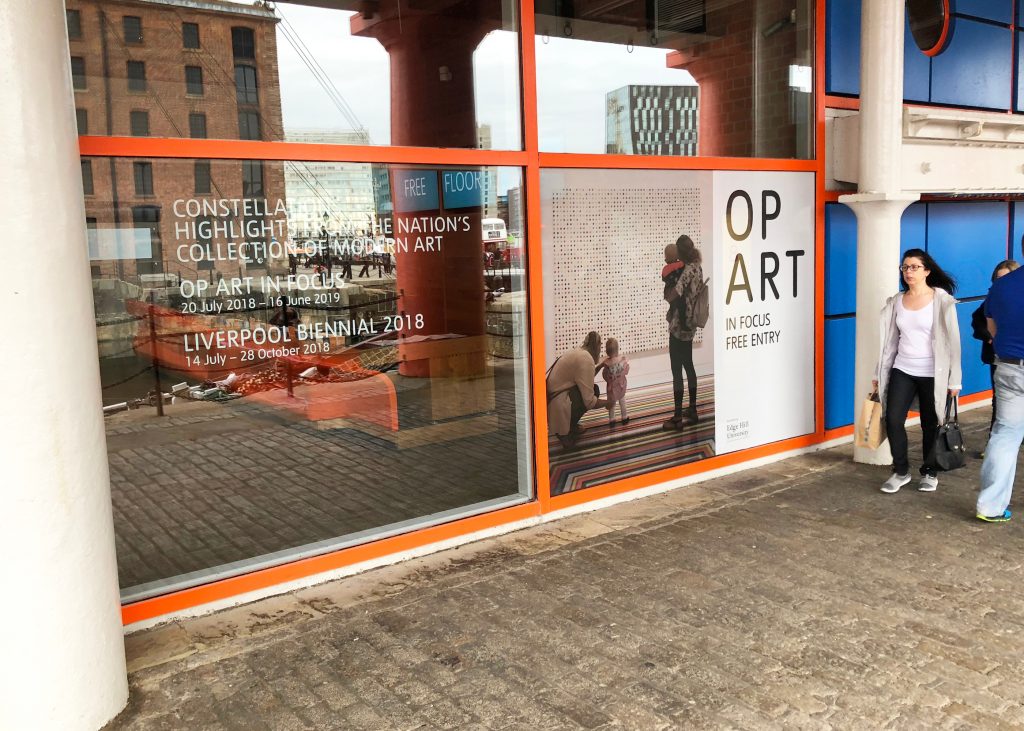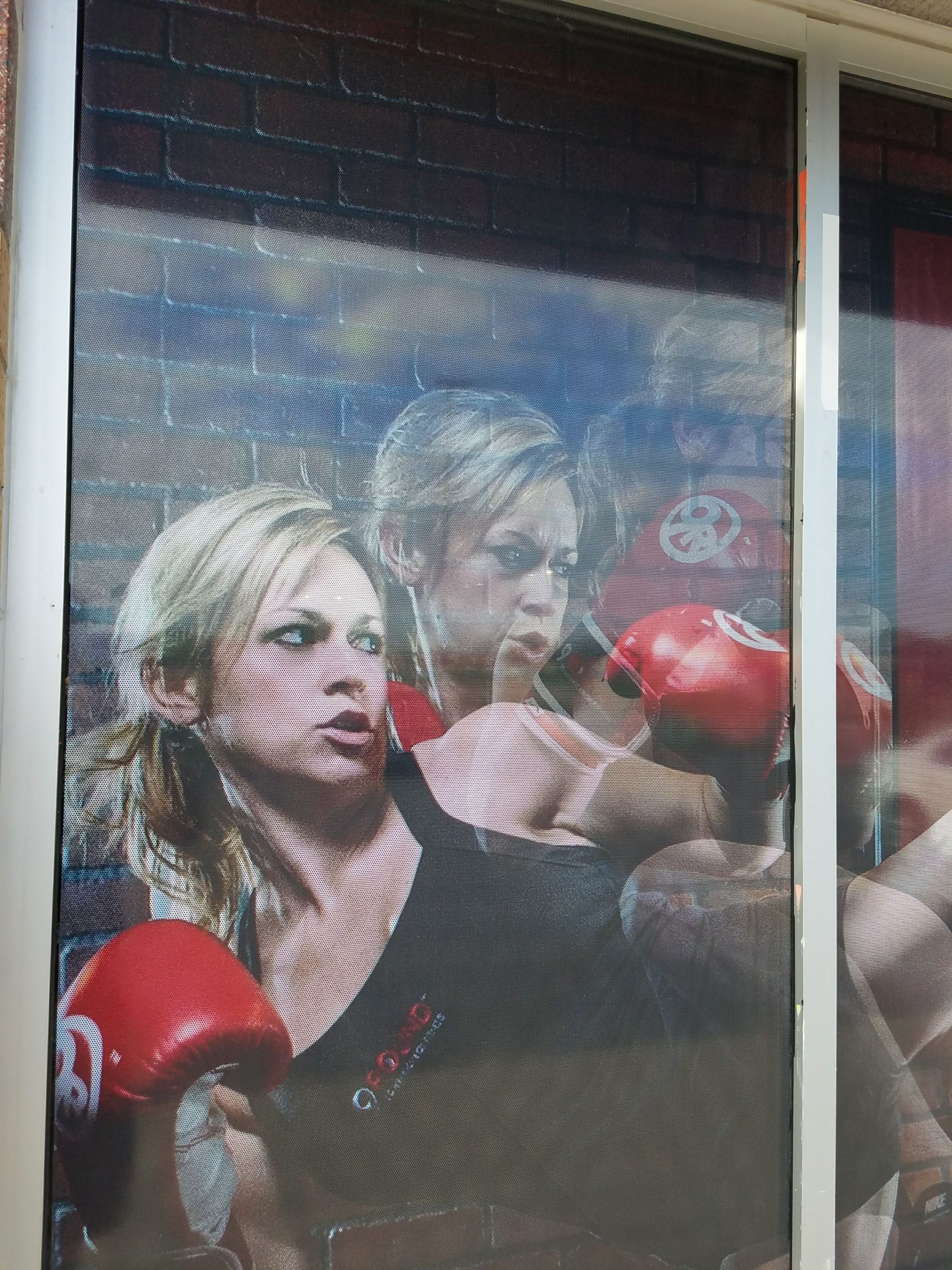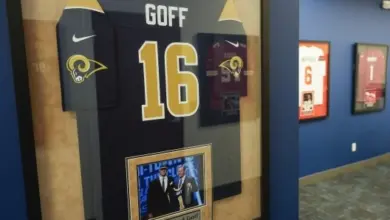A Growing Market for Perforated Window Film
Window perforated film continues to gain in popularity
Window perforated film continues to gain popularity as the formulations improve and consumers find new ways to use it, both on vehicles and on building windows.
“Perf is an interesting one just because there are so many different opinions on how to process it and apply it,” says Josh Culverhouse, ORAFOL. “We have people who love perf and do tons of it. Some hate it and despise it.”

There is so much building happening in the United States and worldwide that companies are scrambling to find new and different ways to brand their properties or advertise their products. Wrap materials aren’t just for vehicles or traditional signs anymore.
“It is branding your sidewalks, going into your building, and branding the halls and walls. Glass is no exception,” he says. Some of the window perf material can serve dual purposes. If applied to storefronts, the material can cut down on the glare from the sun coming into the building and provide a message and branding and improve the customer and user experience.
There are different versions of perforated film that are used on vehicles and building windows. One version has more holes in the material for better visibility, which is perfect for vehicles. The vehicle driver has no problem looking out their rear or side windows even if a design is dark or extensive.
Michael Dobbins, XPEL, says that the biggest variable in window perf has been the size of the holes. “What it does is by varying the size of those holes, it gives different levels of privacy.”
There are perf films on the market that can be installed inside of the building so that it looks tinted, but you don’t see the print of the perf. Dobbins points out that there isn’t much difference between auto and commercial/residential window perf material. The only limitation is the shape of the window being covered.
“You won’t see perf on a complex curved rear window of a vehicle. You will see it on the back window of a pickup truck,” he adds.
One problem that arises with vehicle window wrap film is that installers can’t agree on whether they need to apply an overlaminate to the material once applied to the vehicle, Culverhouse says. When laminate is applied to the window perf film, he says inconsistencies happen, and the film’s final appearance is streaky.
What happens is the laminate gets pushed into the perforations of the material, so from the inside of the vehicle, the motorist sees streaks.
“The thing people don’t understand is it is a necessity to have optically clear laminate over the shell,” Dobbins adds. “If you don’t apply overlaminate, the material will fill up with dust or debris or rain, and the driver will not be able to see through the film whatsoever.”
Because of this, many installers refuse to apply the overlaminate, subjecting the film to outside forces. However, it is hard to clean that debris out of the perforations once they fill up.
“Laminate is a protective barrier that allows dirt and water to flow over it. It is a protective layer,” Dobbins explains.
ORAFOL tells its customers that the laminate will settle out, and the streaks will disappear after a few days baking in the sun. Usually, it is a couple of days or no more than a week, according to Culverhouse.
ORAFOL’s optically clear overlaminate is thicker than most overlaminates at 2.75 mil. That helps with two things. For one, there are fewer streaks than when a thinner overlaminate is applied. The thicker material also does a better job withstanding really hot sun in places like Las Vegas and South Florida. The thicker film is less prone to collapsing into the little holes in the window perf.
Most window perfs last six months to 2.5 years. They have reduced warranties compared to vehicle wrap material because “you are missing half your material; the integrity of the film is weakened just by sheer lack of material,” says Culverhouse. When installed on a car, the material should always be trimmed back from the rubber seals because in extreme weather conditions, the rubber seals expand and contract, which can cause the window perf material to curl up and delaminate.
The window perf films used on things like city buses, where the driver doesn’t need to see out the side windows to operate the vehicle safely, can be thicker and have fewer holes, which allows for more print space. That same material can be used on business storefronts. It also typically lasts longer because it isn’t exposed to the elements as much as vehicle window perf material.
Patrick Henrietta, Contra Vision Ltd., has been in the industry for 30 years. In that time, perforated window material has continued to improve. Back in the 1990s, window perf was 60% printable material and 40% holes or 50/50. Later the standard became 70/30.
Contra Vision has window perf material that acts like a 70/30 but is actually a 60/40. The difference is that the material’s holes are only 1 mil apart, allowing greater transparency when looking through a graphic.
“The transparency level is determined by the spacing of the holes,” Henrietta says. The smaller holes mean that any graphic printed on the material doesn’t have to be blown up or a darker color to be seen clearly.
The point-of-purchase market loves the HD material. Beverage and cosmetic companies, which are always trying to find new ways to advertise their products, have shown increased interest in window perf films. For retail spaces, the material is very easy to install. The holes in the material allow air to escape so that there are never air bubbles in the film when applied to a window.
Contra Vision’s material uses a gray liner instead of a white liner, which allows printers to hit their color targets much more easily, according to Henrietta.
Arlon Graphics LLC makes window perf material with a layer of white on a layer of black with a clear adhesive.
“Some films are just a layer of white and a black adhesive,” says Jenny Faber, Arlon Graphics. “Sometimes the black adhesive is left behind when you remove it. Moving to putting the black into the film has helped with installation and removal over time.”
The material is also thicker, so it has more body when applied to the flat side of a building, and the black layer makes it so a person can see right through the holes in the film.
Window perf material is very complicated to manufacture because white and black layers are heat laminated together, a primer and adhesive are applied to it, and a silicon paper liner. Then holes are punched through the substrate, and then a liner is laminated to it to turn it back into a solid material that can be printed on.

“It’s tricky. A lot of things can go wrong along the way and create problems for people printing it and installing it,” Henrietta says.
When designing with window perf, it is important to have the right graphic and image, Faber adds. Smaller text will be harder to read, and the lighter the image, the better it will look. Darker colors make it more possible to see the holes in the window film.
“It’s important that the design is lighter, so you don’t see the holes,” adds Faber.





